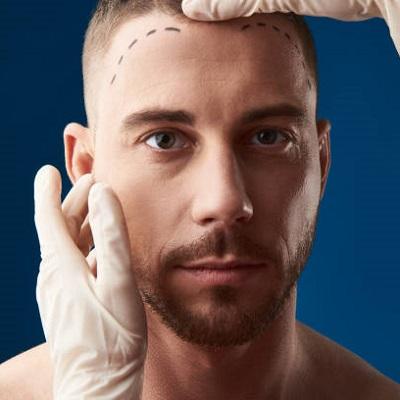Caring for Your Hair After FUT Hair Transplant: Essential Maintenance Tips

Introduction
Hair loss is a common concern that affects many individuals, leading them to seek solutions like hair transplantation. One popular method is Follicular Unit Transplantation (FUT), which involves removing a strip of scalp from a donor site and transplanting individual hair follicles to areas of thinning or balding. While the procedure can yield natural-looking results, the care and maintenance of your hair post-transplant are crucial for optimal healing and growth. This article provides essential tips for caring for your hair after a FUT Hair Transplant, ensuring you achieve the best possible results.
Understanding the Healing Process
Following a FUT hair transplant, your scalp will go through several stages of healing. Initially, you may experience some redness, swelling, and minor discomfort around the transplant area. It's important to recognize that hair follicles are sensitive after the procedure, and proper care is essential to prevent complications and promote hair growth. Familiarizing yourself with the healing process can help you manage your expectations and adjust your hair care routine accordingly.
Essential Aftercare Tips
1. Follow Your Surgeon’s Instructions
The first and foremost tip for post-transplant care is to adhere to the instructions provided by your surgeon. These guidelines are tailored to your specific needs and can vary depending on your individual situation. Following these directions closely will minimize the risk of complications and support optimal healing.
2. Keep the Scalp Clean
Maintaining scalp hygiene is crucial after a hair transplant. For the first few days, avoid washing your hair to allow the grafts to settle in. After the initial healing period, use a gentle, sulfate-free shampoo to cleanse your scalp. Avoid harsh chemicals or exfoliants that can irritate the skin and jeopardize the healing process.
3. Be Gentle When Washing
When washing your hair, be extremely gentle. Use lukewarm water and let the shampoo flow down your scalp rather than vigorously rubbing it in. This technique minimizes disruption to the newly implanted follicles. Rinse thoroughly to ensure all product residue is removed, as leftover shampoo can cause irritation.
4. Avoid Direct Sun Exposure
The newly transplanted hair follicles are particularly vulnerable to sun damage. For at least a few weeks post-surgery, avoid exposing your scalp to direct sunlight. If you need to be outdoors, wear a loose-fitting hat or use a scarf to shield your scalp from UV rays. This protective measure helps prevent sunburn and encourages a smoother healing process.
5. Manage Itching and Discomfort
Itching is a common experience after a hair transplant due to healing skin and new hair growth. While it may be tempting to scratch, doing so can disrupt the grafts. Instead, you can lightly tap the itchy area or use a cold compress to alleviate discomfort. If the itching persists, consult your surgeon for appropriate remedies.
6. Avoid Strenuous Activities
For the first few weeks following the transplant, it's important to refrain from strenuous activities, such as heavy lifting or vigorous exercise. Excessive sweating can irritate the scalp and compromise the healing of the grafts. Engaging in low-impact activities and avoiding activities that raise your heart rate too much will help ensure a smoother recovery.
7. Maintain a Healthy Diet
A balanced diet rich in vitamins and minerals is vital for hair growth. Nutrients such as vitamins A, C, D, E, and B-complex, along with minerals like zinc and iron, contribute to overall scalp health. Incorporate plenty of fruits, vegetables, whole grains, lean proteins, and healthy fats into your meals. Staying hydrated is equally important, so drink plenty of water to support your body during the healing process.
8. Be Cautious with Styling Products
After a FUT hair transplant, it's advisable to avoid using heavy styling products such as gels, mousses, and hairsprays for at least a month. These products can clog hair follicles and hinder the healing process. Once your scalp has healed, opt for lightweight and natural products to maintain the health of your newly transplanted hair.
9. Schedule Follow-Up Appointments
Regular follow-up appointments with your surgeon are crucial for monitoring your progress. These visits allow your surgeon to assess the healing process, address any concerns, and provide personalized advice for hair care. Ensure you communicate openly about any issues you encounter during your recovery.
Conclusion
Caring for your hair after a FUT hair transplant is a critical aspect of the overall process, directly influencing the success of your results. By following the essential maintenance tips outlined in this article, you can promote optimal healing and encourage healthy hair growth. Remember that patience is key; hair growth can take several months to become noticeable. With proper care and adherence to your surgeon's advice, you can achieve the natural-looking results you desire and enjoy a renewed sense of confidence.
- Art
- Causes
- Crafts
- Dance
- Drinks
- Film
- Fitness
- Food
- Игры
- Gardening
- Health
- Главная
- Literature
- Music
- Networking
- Другое
- Party
- Religion
- Shopping
- Sports
- Theater
- Wellness


